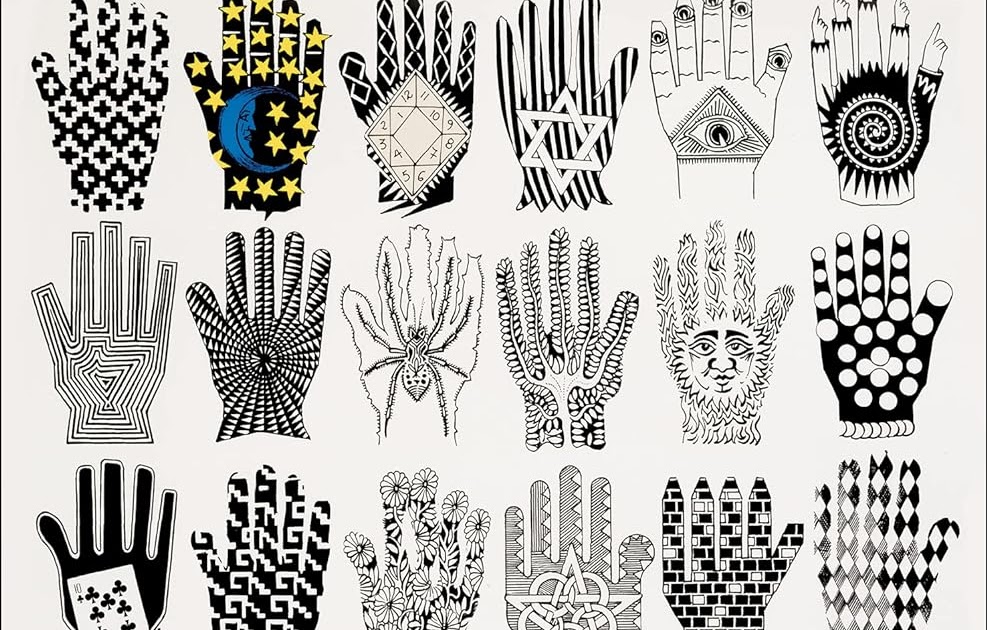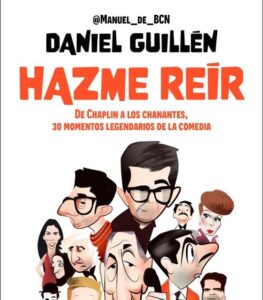
Idioma original: español
Year of publication: 1973
Valuation: recommendable
José Agustín passed away in January of this year, a very significant event in the Mexican literary world. I am not sure to what degree it had an impact on the Spanish-speaking world (or the world, for that matter), but the importance it had in the development of Mexican literature is undeniable, both in the purely literary aspect and in matters of identity and cultural representation. He was an influence on young authors who found in his style and subject matter a source of inspiration and a mirror of the reality they lived. José Agustín came to break certain paradigms that existed at the beginning of the second half of the 20th century, by introducing elements of the counterculture into Mexican literature, addressing taboo subjects and using a language that resonated with the young public (of course, young at that time, compared to the young people of today, of which I will speak later). While writers such as Octavio Paz and Carlos Fuentes (the avatars of Mexican literature) stood out for their elaborate, poetic and often formal prose, José Agustín opted for a more colloquial and direct language, a radical change from the more academic and formal literature of that time.
José Agustín focused on everyday life, the concerns and experiences of youth. His novels dealt with popular culture, music, drugs, rebellion and urban life, which can be clearly seen in “De perfil”, perhaps his best-known novel (I understand, however, that all those elements would become a cliché later on). In the novel reviewed here, I would say that these elements take on an even more relevant role.
The plot of “It’s Getting Late” is simple: two young people, a drug dealer and an expert in the occult, have a good time with alcohol and drugs. There isn’t much action as such. To give you an idea, we could compare this book to Kerouac’s “On the Road” or Murakami’s “Almost Transparent Blue” (I suppose each country has its own version). What matters here are the details that make it unique. In my opinion, the strong point is the dialogues. The way they are interspersed with the characters’ feelings produces very vivid impressions. The exchanges are raw and authentic, reflecting the slang and rhythm of Mexican youth speech, which adds an additional layer of realism and credibility to the narrative. Although it can be a bit heavy for readers who are not familiar with Mexican slang, or for young Mexicans, who might find it to be a way of speaking “for old people.”
Furthermore, the dialogues are imbued with a very particular irony and humor, which allow for a deeper emotional connection with the characters. These moments of lightness contrast with the darker and more reflective situations of the novel. Agustín also stands out in his ability to capture the emotions and mental states of his characters through dialogue. The words spoken and unspoken, the silences and interruptions, allow us to intimately experience the emotional ups and downs of the protagonists, from euphoria to hopelessness and existential emptiness.
The book’s subtitle, “Final en laguna,” speaks precisely to how the novel ends. My favorite part, full of stillness and nostalgia. In these final pages, Agustín masterfully captures the mix of hope and disillusionment that is typical of youth. The dialogues between the characters in this setting are introspective and revealing, showing a vulnerability they had not previously exhibited. This scene is a perfect example of Agustín’s talent.
Source: https://unlibroaldia.blogspot.com/2024/07/jose-agustin-se-esta-haciendo-tarde.html


